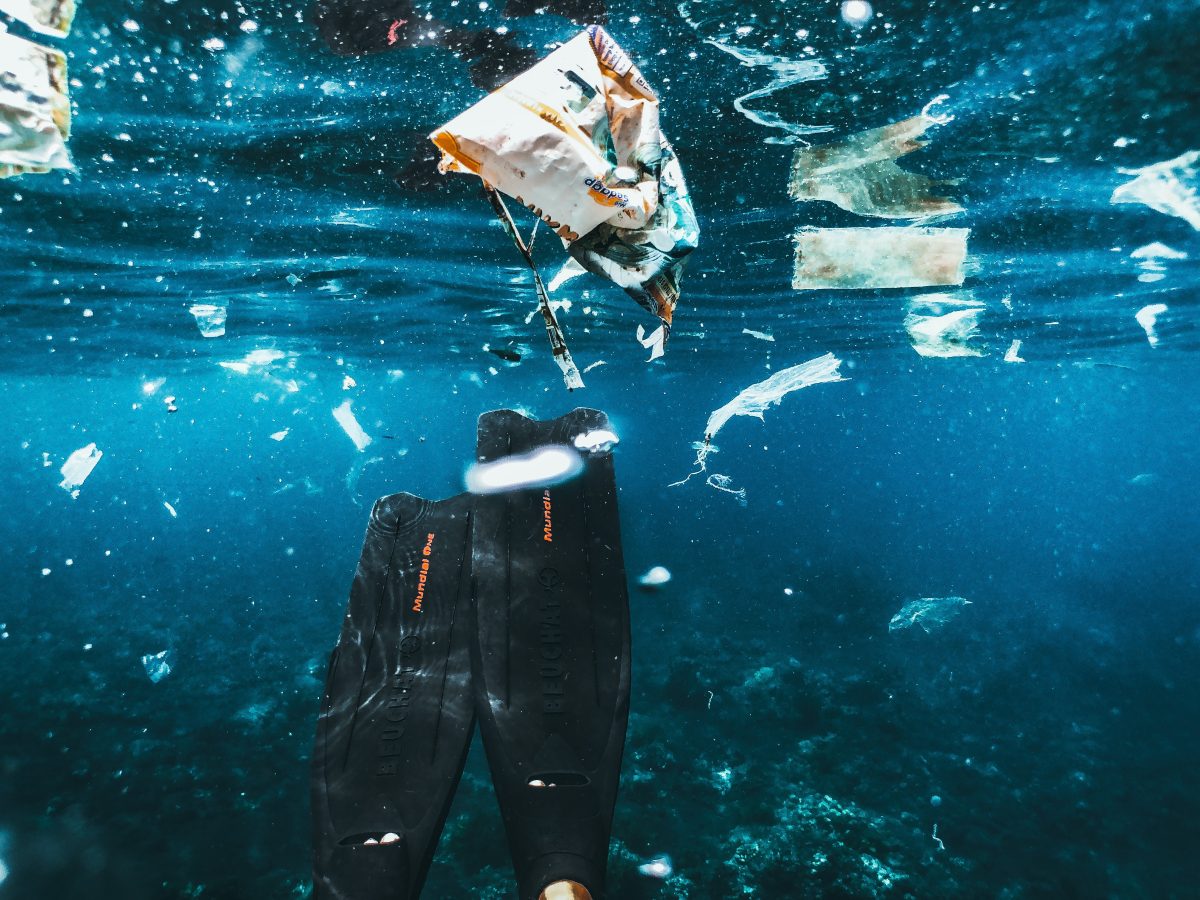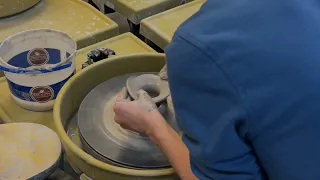In their lifetime, the average human will ingest about 40 pounds of plastic, according to Plastic Oceans. If you think that’s a lot, compare it to the 48,000,000 pounds of plastic ingested by fish in the North Atlantic every year.
More attention needs to be brought to the growing amount of plastic in our oceans. Up to 10 million (metric) tons of plastic end up in the ocean every year. That’s just over 22,000 pounds. Plastic alone makes up 80% of the ocean’s pollution, according to statistics provided by Unesco.
Plastic pollution in the ocean is not getting enough attention. It’s common for pollution to be ignored, especially if people aren’t immediately affected by it. However, disregarding the problem will only make it worse.
It’s important to bring attention to this problem, because it is ongoing and will end up affecting everyone on the planet, including you. If schools specifically brought more awareness to the ocean’s plastic pollution, more and more people would know about it every day, and spreading knowledge is key. How can you help stop a problem if you don’t know it exists?
Of all the plastic on the planet, only around 10% of it is being recycled.
Of all the plastic on the planet, only around 10% of it is being recycled. That means the vast majority of it is making its way into the environment and piling up in the ocean.
One of the biggest problems with plastic pollution is that it takes anywhere from 20 to 500 years to decompose, and even then, it only breaks down into smaller pieces called microplastics. Microplastics are little pieces of plastic smaller than five millimeters. Many microplastics are not visible to the human eye.
Because they are so small, microplastics are everywhere. They have been found in every single ecosystem on the planet. Microplastics can absorb toxins like pesticides and dyes, then become digested by marine life. Once this happens, the toxic microplastics enter the food chain.
Microplastics can have many negative effects on marine life and the environment. They can impact animals by delaying or stunting growth, changing their appetites and even affecting their reproductive systems.
As for their effect on the environment, they significantly interfere with coral reefs. It is often believed that corals are not organisms, however, they are just as affected by microplastics as the other living things in the ocean. Microplastics can block the corals’ digestive systems, messing up their overall health.
We need to bring more awareness to the ocean’s plastic pollution. Teaching about it in schools would be most beneficial, and would allow students who are passionate about protecting the planet to get involved. The more people who know about the problem, the more people there are to fix it.















